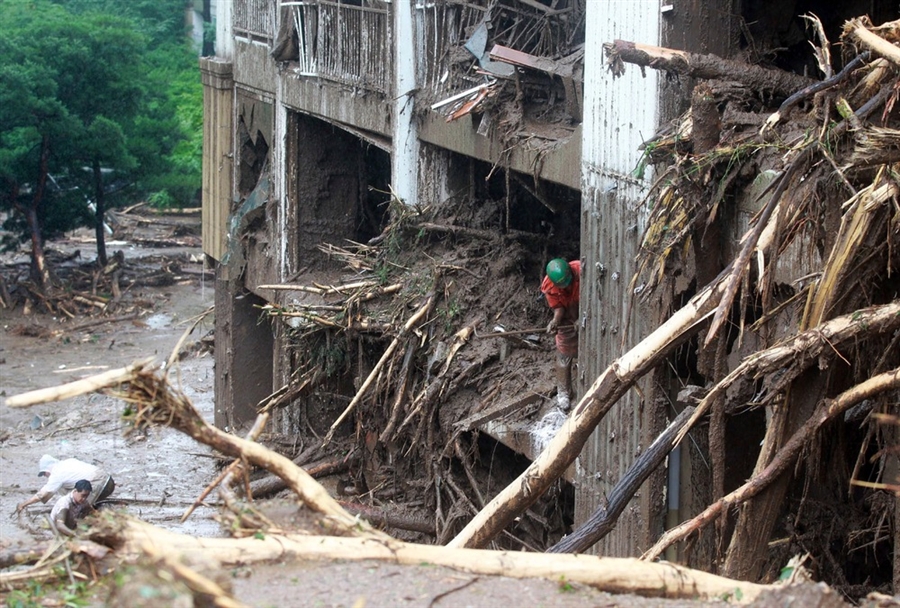Extreme Weather Events
An extreme weather event that occurred in South Korea would be the 2016 heatwave. The heatwave caused extreme damage to agriculture, to the people and their well-being, and the surrounding environment. When the heat hit the agricultural sector, many plants, and animals died. "The repair costs for these damages were over 2,000 million KRW" (Israel/Barber). In order to avoid a similar situation, the government decided to look further into the statistics of the climate and the soil moisture surrounding the agricultural sector.
In the maritime-fisheries sector, the aquaculture died as well due to the extreme water temperature, the cost was 50 billion KRW which is 44 million USD. "Due to these heat waves in Seoul, which lasted 24 days, including 32 days of tropical nights, national ozone warnings were issued on a regular basis" (Israel/Barber).
Because of the heatwave, almost everyone bought an air conditioner or fan, that's when electricity consumption was at it's maximum. Many were also diagnosed with heatstroke, you can visit the KDCA website for more information on the number of people that developed health issues during the heatwave in 2016.

Works Cited
Israel, Ron, and Lois Barber. “South Korea Extreme Weather Event.” Climate Scorecard, 6 Feb. 2018, www.climatescorecard.org/2017/04/south-korea-extreme-weather-event/.




